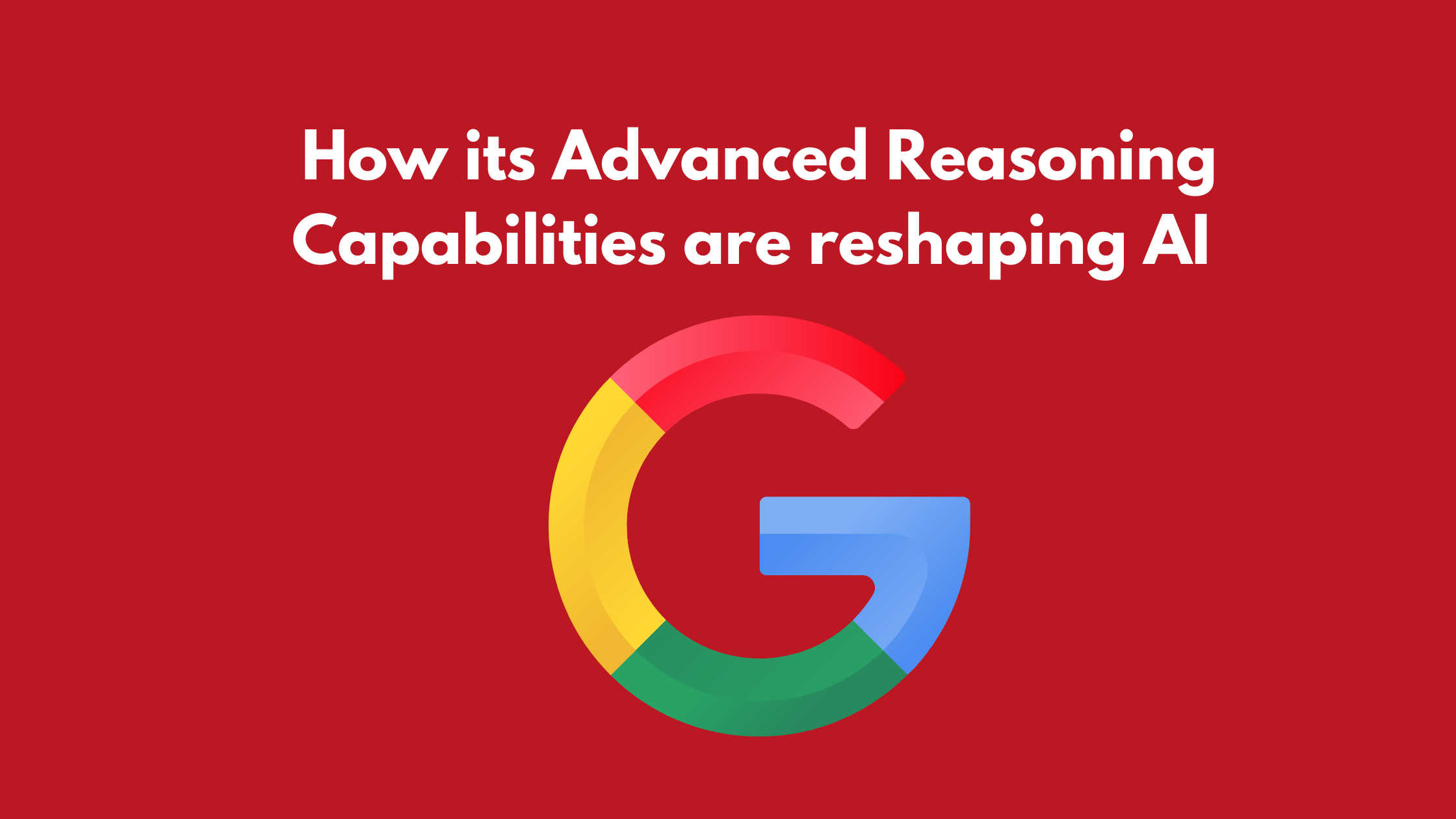
Content marketing is the key to driving sustainable organic traffic and building brand authority. By leveraging SEO-optimized blogs, videos, infographics, and social media, businesses can attract, engage, and convert their audience. This guide covers essential strategies, including keyword research, content promotion, and performance tracking, to help you create a long-term, high-impact content strategy that boosts search rankings and visibility.
Table of Contents
1️) Introduction: Why Content Marketing Matters for Organic Traffic
2️) Understanding Organic Traffic: The Key to Sustainable Growth
3️) Keyword Research: The Foundation of High-Performing Content
4️) Content Types That Attract and Engage Users
5️) SEO Optimization: How to Rank Higher on Search Engines
6️) Content Promotion: Amplify Your Reach & Visibility
7️) Measuring Success: Analysing Performance Metrics
8️) Conclusion: Building a Long-Term Content Strategy
1️) Introduction: Why Content Marketing Is Important for Organic Traffic
In today's digital age, content reigns supreme when it comes to generating organic traffic. Unlike advertising, organic traffic achieves long-term, sustainable growth without recurring expenditures. Through the development of useful, SEO-friendly content, businesses can gain top spots on Google, establish brand credibility, and draw in interested prospects.
But merely posting content isn't enough. You require data-driven content marketing that complements user intent, search algorithms, and engagement best practices.
Let's discuss the strategies you can use to drive maximum organic traffic through content marketing.
2️) Understanding Organic Traffic: The Key to Sustainable Growth
What is Organic Traffic? – Site visitors who arrive on your website through search engines such as Google, Bing, and Yahoo without advertising. Why is Organic Traffic Important? – Increased brand credibility, reduced marketing expenses, and long-term visibility.
How Search Engines Rank Content? – Google's E-E-A-T framework (Experience, Expertise, Authoritativeness, and Trustworthiness) is used to rank content.
Solution: Prioritize high-quality, SEO-optimized content that matches search intent and offers real value to users.
3️) Keyword Research: The Pillar of High-Performing Content
Why Keywords Are Important? – Keywords are the bridge between user searches and your content.
Top Keyword Research Tools:
Google Keyword Planner
Ahrefs
SEMrush
Ubersuggest
Keyword Types:
✔ Short-Tail Keywords – High volume but competitive (e.g., "content marketing")
✔ Long-Tail Keywords – Low competition but high conversions (e.g., "best content marketing strategies for organic traffic")
✔ LSI Keywords (Latent Semantic Indexing) – Similar words that assist in improving rankings.
Pro Tip: Rank quicker with low-competition, high-intent keywords and drive qualified traffic.
4️) Content Types That Attract and Engage Users
1. Blog Posts & Articles – Research-driven, 1.SEO-enabled blogs enhance rankings and user interaction. 2. Video Content – Embedded and YouTube videos boost retention and reach.3. Infographics – Attractive data-driven content shares more. 4. Case Studies & Whitepapers – Establishes trust and authority. 5. Podcasts & Webinars – Connects audiences through non-traditional formats.
Tip: Vary your content types to appeal to more people and get more engagement.
5️) SEO Optimization: Rank Higher on Search Engines
On-Page SEO Best Practices:
✔ Optimized Title Tags & Meta Descriptions – Include primary keywords in title and meta tags. ✔ Header Tags (H1, H2, H3, etc.) – Enhance content structure and readability. ✔ Internal Linking – Channels users to similar content on your site. ✔ Image Optimization – Compress images and include alt text for improved rankings.
Off-Page SEO Strategies:
✔ Backlink Building – Have authoritative sites link to your content.
✔ Guest Blogging – Post on industry-related sites.
✔ Social Signals – Shares and engagement influence rankings indirectly.
6️) Content Promotion: Boost Your Reach & Visibility
1. Social Media Sharing – Post content on LinkedIn, Twitter, Facebook & Instagram 2. Email Newsletter – Send content updates to your mailing list. 3. Influencer Partnerships – Collaborate with influencers for wider reach. 4. Forum Participation – Post on Quora, Reddit, and specialized forums. 5. Content Repurposing – Repurpose blog posts as videos, infographics, or carousels.
Pro Tip: Even a high-quality post poorly promoted will beat SEO-optimized content that's poorly marketed.
7️) Success Measurement: Examining Performance Indicators
Most Important Metrics to Monitor:
✔ Organic Traffic – Track with Google Analytics.
✔ Bounce Rate – Lower rates = higher engagement.
✔ Time on Page – The longer the better.
✔ Click-Through Rate (CTR) – Your meta title and description should be optimized.
✔ Conversion Rate – Are users converting on desired actions?
Solution: Refine your strategy and optimize future content using data insights.
8️) Conclusion: Creating a Long-Term Content Strategy
A solid content marketing strategy is the foundation for consistent organic traffic and a loyal following. With a focus on SEO optimization, keyword research, and quality content formats, companies can beat the competition and succeed in the long run.
Struggling with content marketing? Let LogixHunt develop an SEO-based content strategy that suits your brand's growth!
#Content marketing# marketing# digital marketing# sales# trend# growth# 2025# digital story# logixhunt# digital content# digitalization# digital storytelling# content writing# content strategies
Logixhunt is an IT company that provides cutting-edge services in the fields of website development, software development, and mobile app development. Logixhunt is dedicated to providing quality services to our clients, and helping young college students learn the most in-demand skills in the industry. We offer 3 and 6 months internship programs to college students, so they can stay up to date with the latest trends in the field. Our experienced team of professionals is always ready to help students hone their skills and become the next generation of tech professionals.

.png)
